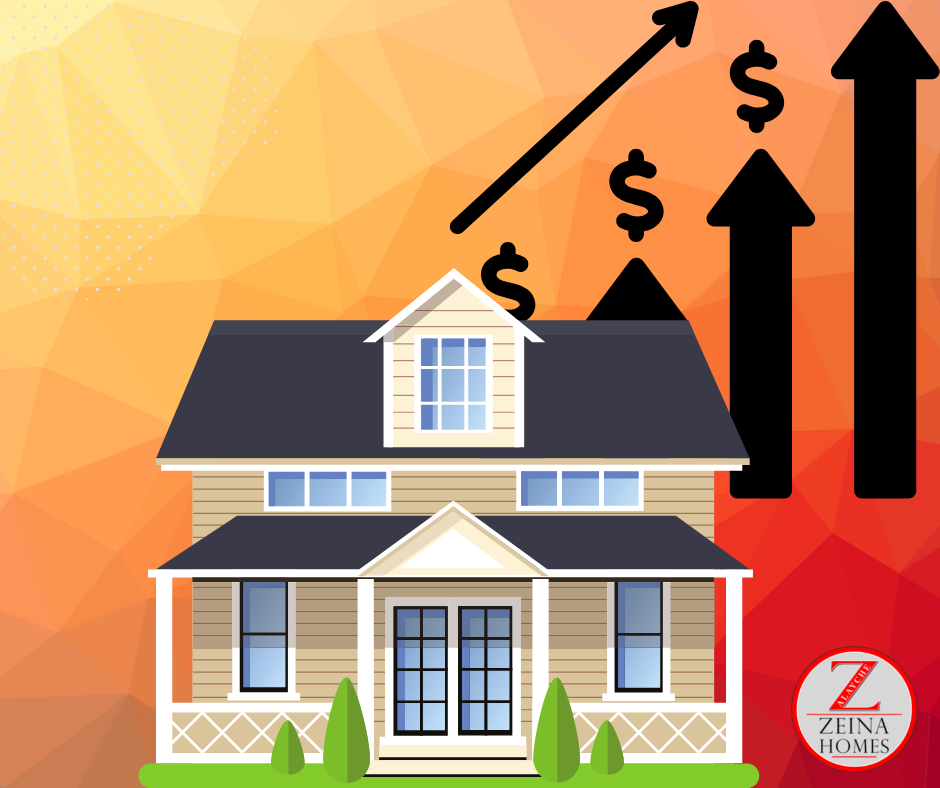
In recent years, the housing market in Ontario, Canada has seen significant price increases. According to the Ontario Real Estate Association (OREA), the average price of a home in Ontario increased by 9.8% in 2020, reaching a record high of $804,100.
There are several factors that have contributed to this price increase.
One major factor is the low supply of homes [1, 2] on the market. The COVID-19 pandemic has caused a slowdown in construction, leading to a shortage of new homes. This has caused competition among buyers and has driven up prices.
- Another factor is the low interest rates set by the Bank of Canada. These low rates make it more affordable for people to borrow money to buy a home, which has contributed to the increase in demand for housing.
Additionally, the population of Ontario has been growing, which has also contributed to the demand for housing. As more people move to the province, there is a need for more homes to accommodate the growing population.
The price increase has had a number of consequences for the people of Ontario.
For those looking to buy a home, it has become increasingly difficult to afford a house, especially for first-time buyers. This has led to some people being priced out of the market or having to take on larger mortgages in order to afford a home.
For those who already own a home, the price increase has been a financial windfall. However, it has also led to concerns about the sustainability of the market and the possibility of a housing bubble.
- Despite these high prices, however, Canada’s real estate market remains a solid investment due to the country’s strong economy and stable political climate. In fact, many experts predict that the market will continue to grow in the coming years.
Overall, the housing price increase in Ontario has had a significant impact on the market and has raised concerns about affordability and the sustainability of the market.


